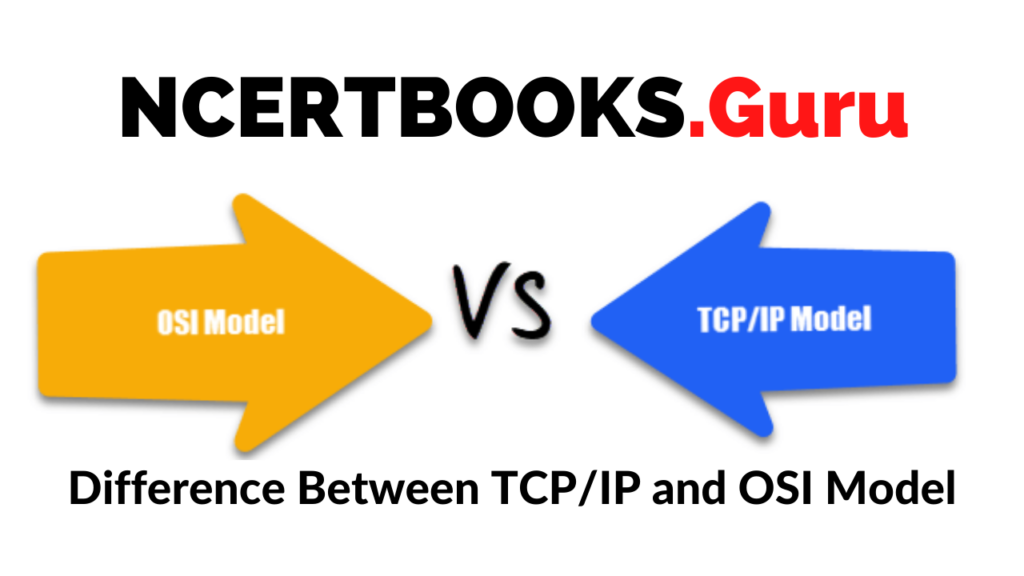In the era of initialization, humankind is constantly evolving with new inventions every day. We all understand the importance of using motherboards, routers, switches, and other hardware products. The conceptual models of network OSI and TCP models help standardize and set up a connection between computers’ varieties. The common question between students these days is the difference between the two models. In this article, we briefly discuss the network models and their differences.
You can also find differences between articles on various topics that you need to know. Just tap on the quick link available and get to know the basic differences between them.
What is the Difference Between TCP/IP and OSI Model
OSI Model: Definition
The Open System Interconnection is a conceptual and logical model developed in the 1980s that interprets the network communication used by computers to interconnect and communicate with other computers. However, the model is not implemented completely but is referred to even today.
The OSI model contains seven layers, with every layer interconnected to each other. With the data moving downward in Open system interconnection, each layer stores extra data. The information then moves down until the last layer of the model is hit. Once it reaches the last year, data is transmitted over the network. The process is reversed once the data reaches the other side.
TCP/IP Model: Definition
The Transmission Control Protocol and Internet Protocol are designed as a highly durable model to end byte stream on a questionable internetwork. Although today IPv4 and IPv6 are used, the TCP/IP model is still reasonable. The model has four layers connected. The first three layers of TCP/IP model maps are session, presentation, and application, similar to the OSI model.
The Difference Between OSI and TCP/IP model
- The OSI model stands for Open System Interconnection, while the TCP stands for Transmission Control Protocol.
- The International Standard Organization developed the OSI model. Simultaneously, the TCP/IP model was developed by the Advanced Research Project Agency Network.
- The Open system interconnection is an independent standard with generic code used as a communication connection between the end-user and the network. The TCP/IP model is and the standard code that helps with the development of the internet. The communication code helps to keep connected among the hosts.
- In the Open system interconnection model, the layers of transport give a guaranteed delivery of the packets. Even though we rely on the TCP/IP model, it does not confirm the packets’ delivery.
- TCP/IP model is based on a horizontal approach, while the OSI model is based on a vertical approach.
- The Open system interconnection has different layers of session and presentation. On the contrary, the TCP/IP model does not have separate layers of session and presentation. Both these players exist in the application layer.
- The Open system interconnection is commonly known as a reference model that helps to build several other networks. Even the TCP/IP model is built considering OSI as the reference model.
- The OSI model layers of the network contain both connection-related and connection to fewer services. On the other hand, the TCP/IP model only provides a connectionless service.
- The OSI code is hidden, and with the change of technology, it is easily replaceable. At the same time, the TCP/IP protocols are not easy to replace.
- The OSI model consists of seven interconnected layers, while the TCP/IP model consists of four layers.
- The OSI model gives standardization to various gadgets like switches, motherboards, routers, and other devices. At the same time, the TCP/IP model connects various computers.
- The header size of OSI is a minimum of five bytes. In comparison, the TCP/IP model header size is twenty bytes.
These are some of the basic differences between the OSI and TCP/IP conceptual model used for network transmission and communication.
